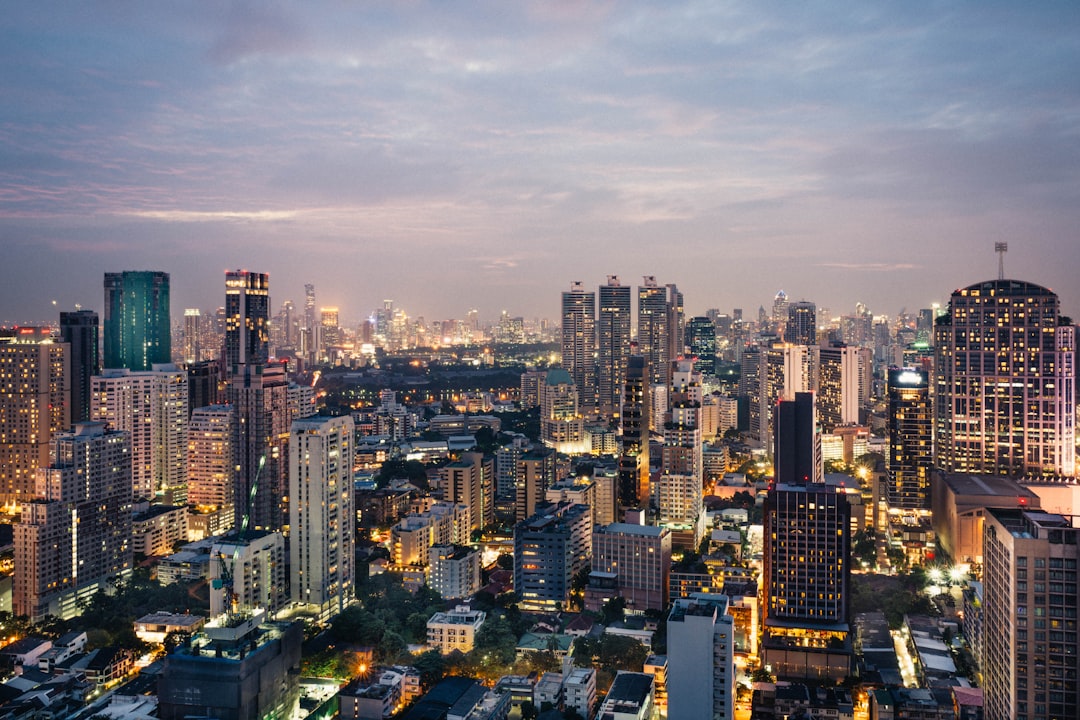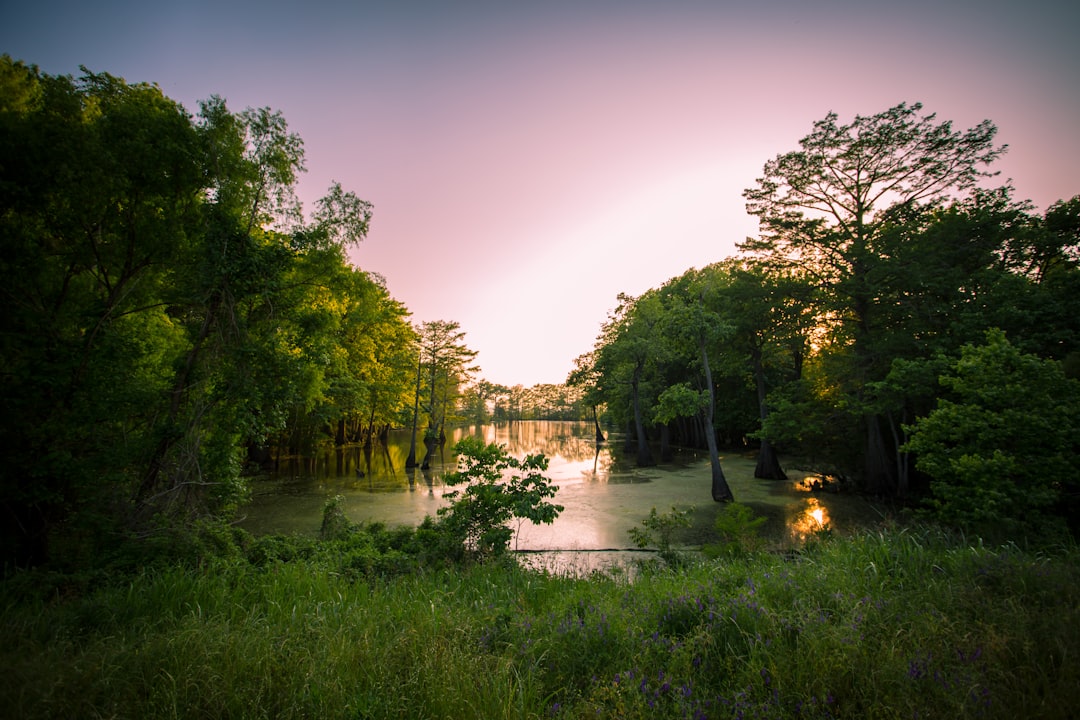What is it about?
Lamanai is a large, ancient Maya city in Belize with one of the longest occupation histories in Mesoamerica. While many Maya cities in the Lowlands "collapsed" during the 9th and 10th Centuries AD, evidence suggests that people continued to live at Lamanai from the early PreClassic (1600BC) through the Classic, Postclassic, Spanish and British colonial periods, and right up to today with the modern town of Indian Church. This paper pulls together all the radiocarbon dates available for Lamanai, including 19 new dates, and uses them to infer the city's status during the Terminal Classic (the transition between Classic and Postclassic periods), along with the construction history of several buildings in the site center and discussion about the materials used (mostly charcoal) for the radiocarbon dating itself. The results support ceramic and architectural evidence that Lamanai was continuously occupied during the Terminal Classic period but also highlights the need for more dating of materials from the early Postclassic.
Featured Image
Why is it important?
No radiocarbon dates had previously been released for Lamanai. This is the first publication of dates for the city, and we provide detailed information about every date currently available. Unlike other Maya cities that had claimed continuous occupation during the Terminal and Postclassic periods until radiocarbon dating proved otherwise, the dates here appear to corroborate existing evidence for continuous occupation.
Read the Original
This page is a summary of: A New Radiocarbon Sequence from Lamanai, Belize: Two Bayesian Models from One of Mesoamerica’s Most Enduring Sites, Radiocarbon, July 2016, Cambridge University Press,
DOI: 10.1017/rdc.2016.44.
You can read the full text:
Contributors
The following have contributed to this page










